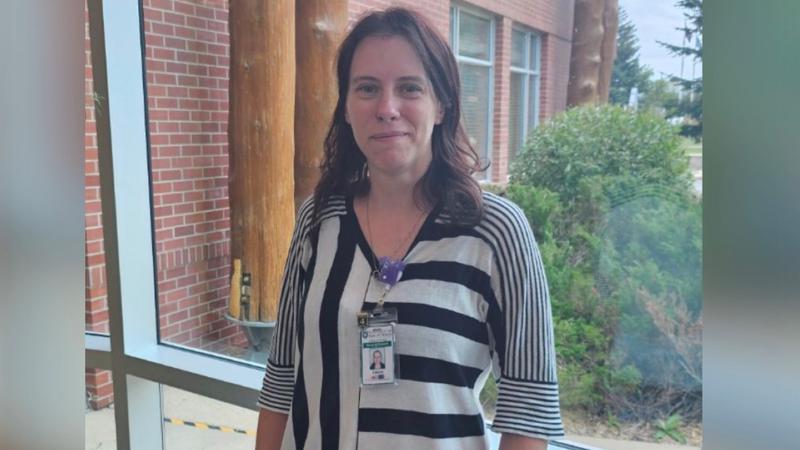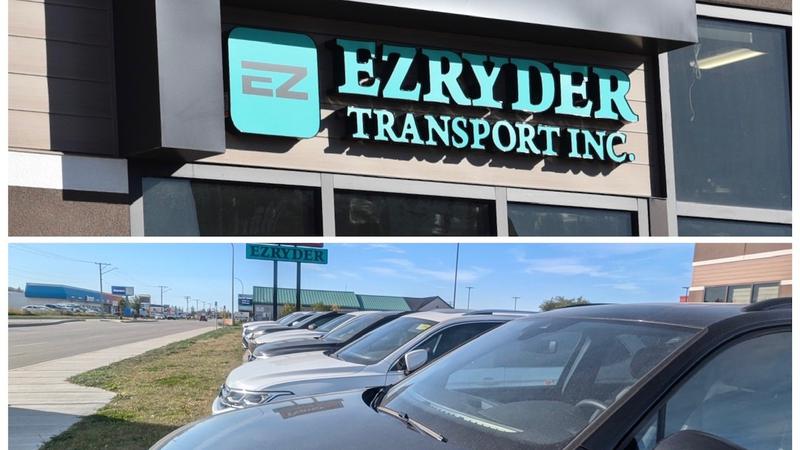
QuadrigaCX cryptocurrency exchange officially placed in bankruptcy
HALIFAX — Less than three months after one of Canada’s biggest cryptocurrency exchanges was shut down amid a swirl of controversy, a bid to restructure Vancouver-based QuadrigaCX has failed and the virtual company has officially entered bankruptcy proceedings.
The move, approved Monday by a Nova Scotia judge, marks a turning point for the 115,000 users who are owed more than $260 million in cash and cryptocurrency, including Bitcoin and Ethereum.
The transition to the bankruptcy process means Ernst and Young, the court-ordered monitor overseeing the case, will be granted enhanced investigative powers as a trustee under the federal Bankruptcy and Insolvency Act.


